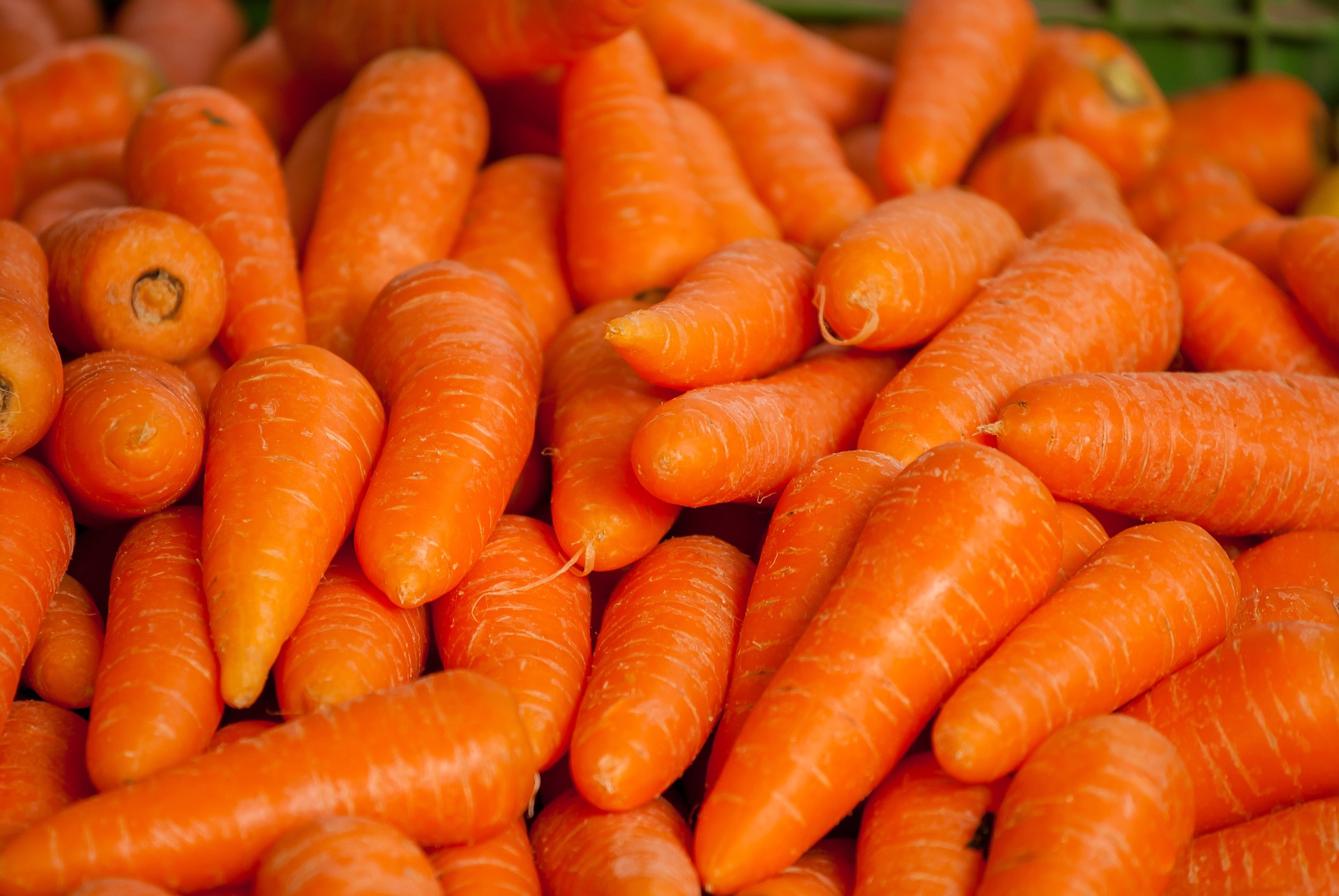Sustainable Nutrition
Criteria for sustainable nutrition
Criteria of sustainable nutrition include regionality, seasonality and reduction of animal products, and much more.
Regionality
Regionality means that food is sourced locally when possible, rather than flown in from other continents or transported by ship.
When food is transported, harmful greenhouse gases are released into the atmosphere.
In many countries the origin of fruit and vegetables must be labeled. This gives consumers an overview of where their food comes from.

Seasonality
Seasonality means that food is bought when it grows naturally.
If a vegetable or fruit is not in season in an area, it has to be imported from other regions or countries, covering long distances before it reaches supermarket shelves. On the transport routes, greenhouse gases are released into the atmosphere.
Seasonality is closely linked to regionality. When you buy seasonal, the fruits and vegetables that you can buy often come from your region. They are in season right now.
In so-called seasonal calendars you can find out when which vegetables or fruits grow in your region. In different countries certain types of fruit do not grow at all and have to be imported throughout the year.
Try searching for a seasonal calendar for your region!
Reducing animal products
Reducing animal products does not only mean eating less meat or fish, but also consuming fewer products from animals - such as milk, eggs and cheese - or doing without these products altogether. Why is that?
Agriculture produces greenhouse gases that are released into the atmosphere as a result of human activity. The harmful greenhouse gas methane is released primarily in livestock production. Methane acts as a greenhouse gas 25 times more strongly than and thus contributes significantly to the greenhouse effect.
In addition, the feed for the animals has to be grown. Over 40 percent of the harvest of wheat, rye, oats and corn goes directly into the feed troughs. In Europe, there is not even enough arable land for this. For this reason, soy from South America, for example, is also fed to the animals. The long transport route causes further emissions.
An additional problem is the clearing of rainforest, which is carried out for the cultivation of soy in South America which is then partly shipped to Europe to feed the animals there. This is neither regional, seasonal nor sustainable. With the conversion of rainforest into arable land, not only important reservoirs are lost, but also ecosystems and thus habitats for animals and plants.
By reducing one's own meat consumption or by adopting a vegetarian or vegan lifestyle, everyone can contribute to climate protection.
Waste prevention
Globally, we have a big problem: around one third of our food ends up in the trash can worldwide.
Why do we throw away so much food?
Often products that are beyond their best before date are thrown away without checking beforehand whether they are still edible. If a product still smells good and looks good we often can still eat it.
Furthermore, especially in rich countries, food might not be sold because of the way it is shaped and because it looks "ugly" or it has a few dents.
Check yourself: Within one week, how much food do you throw away?
Sources:
Ecological footprint: Vebu
Umwelt im Unterricht (environment in the classroom, German)